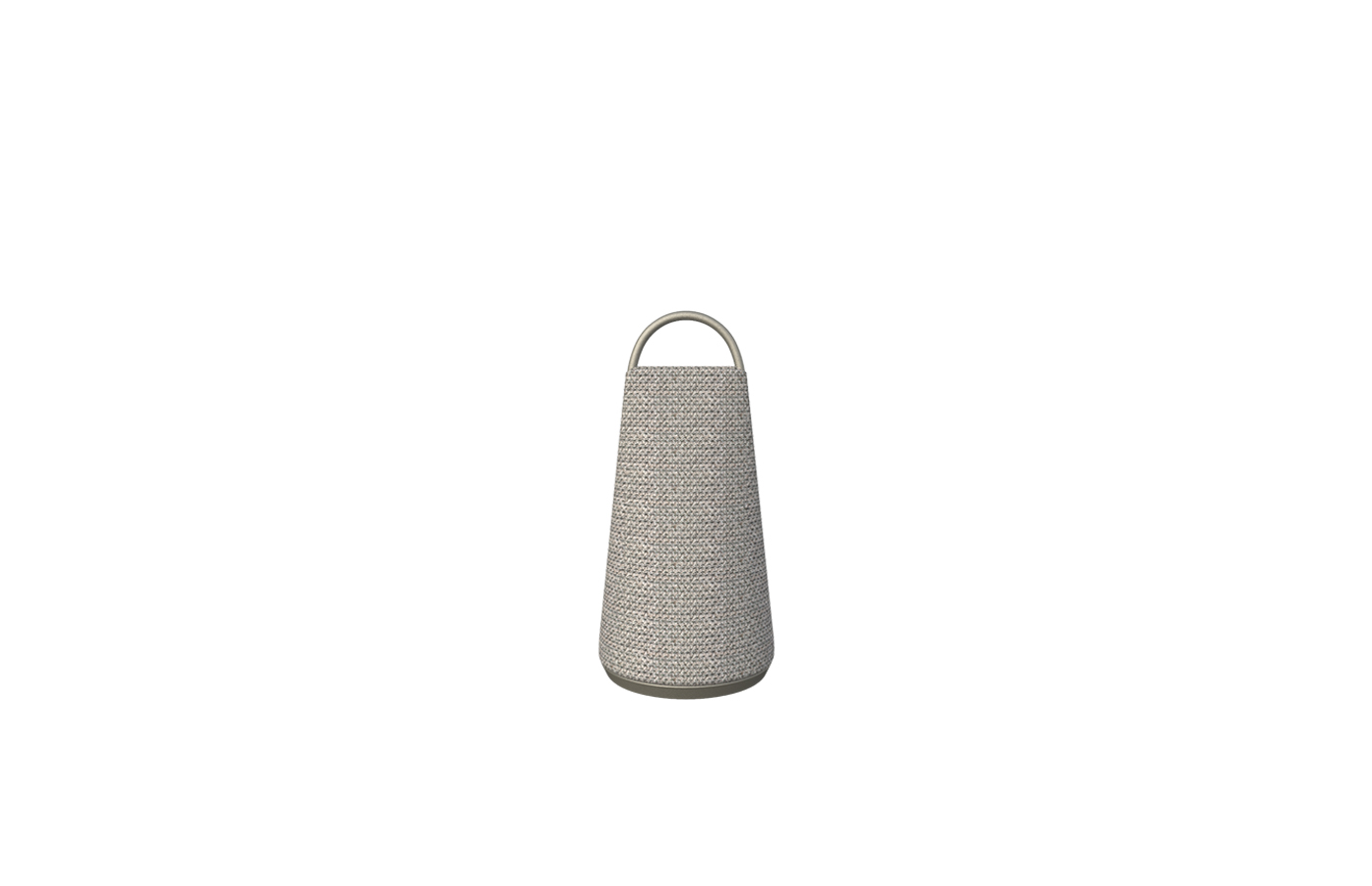Lighting plays a crucial role in our daily lives, affecting our mood, productivity, and overall well-being. In the workplace, proper lighting design can significantly enhance employee performance, focus, and satisfaction. Understanding the impact of lighting and implementing the right strategies can lead to a happier and more productive workforce.
Various studies have shown that natural light has a profound effect on our bodies and minds. Exposure to natural light improves our circadian rhythm, regulates hormonal balance, and promotes better sleep patterns. However, not all workspaces can provide abundant natural light, especially in urban environments or during the winter months. This is where artificial lighting comes into play, providing a substitute for natural light and creating an environment conducive to productivity.
In order to create an optimal lighting environment, several factors need to be considered. Firstly, the intensity of light is crucial. The lighting should be bright enough to prevent eye strain, but not overwhelmingly so. Overly bright lighting can cause discomfort and lead to headaches or difficulty in concentration. On the other hand, insufficient lighting can cause eyestrain, fatigue, and decreased focus. Striking a balance is key.

The Impact of Lighting on Productivity and Well-being in the Workplace: How to Create an Optimal Lighting Environment

The Impact of Lighting on Productivity and Well-being in the Workplace: How to Create an Optimal Lighting Environment
The color temperature of lighting also plays a significant role in employee productivity. Cooler-toned white light, similar to natural light, tends to increase alertness and focus. This makes it a suitable choice for spaces where high levels of concentration are required, such as meeting rooms or workstations. Warmer-toned lighting may be more appropriate for relaxation areas or spaces where employees can take a break and recharge.

The Impact of Lighting on Productivity and Well-being in the Workplace: How to Create an Optimal Lighting Environment
Additionally, the distribution of lighting should be carefully planned. Shadows and glare should be minimized to avoid hindering visibility and causing discomfort. Proper lighting can enhance the visibility of work tasks, ensuring accuracy and reducing errors. Consideration should also be given to task lighting, which can help employees perform specific activities more effectively.
Furthermore, dynamic lighting systems can be implemented to replicate the natural light patterns throughout the day. Studies have shown that dynamic lighting, which adjusts its intensity and color temperature according to the time of day, can have positive effects on productivity and well-being. Mimicking natural light cycles can improve alertness in the morning, maintain focus during the day, and promote relaxation in the evening.
Another crucial aspect to take into account is lighting control and flexibility. Providing employees with the ability to adjust their lighting levels based on their preferences and tasks can significantly improve their satisfaction and comfort. Personalized control grants a sense of ownership over the workspace, giving employees the autonomy to create an environment that suits their specific needs.
In conclusion, lighting has a significant impact on productivity and well-being in the workplace. A well-designed lighting environment, considering factors such as intensity, color temperature, distribution, and individual control, can greatly enhance employee performance and satisfaction. By prioritizing lighting strategies that replicate natural light patterns and allowing for personalization, employers can create an optimal lighting environment that promotes a happier and more productive workforce. Leather Couch Living Room Sofa
